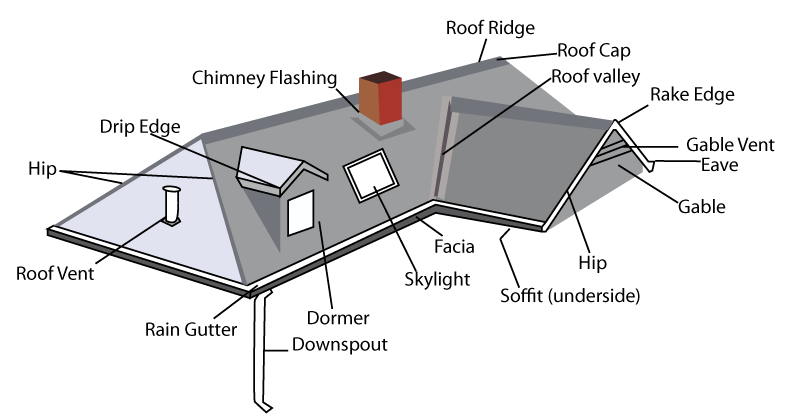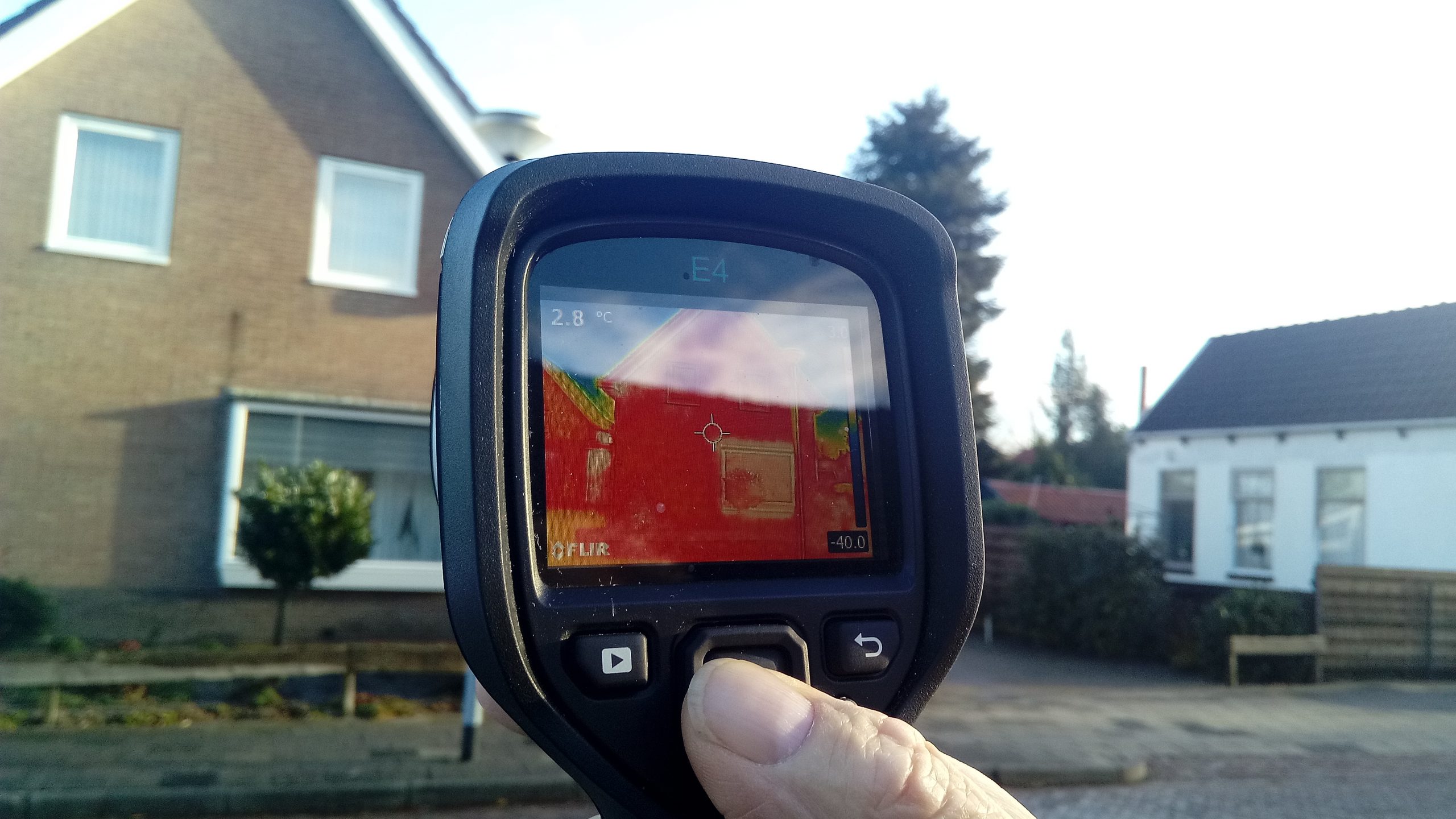
The components of your roof are the basic structures that cover your building, including: the shingles, attic, soffit, fascia and gutters. Therefore, it is important to maintain these elements on a regular basis. Potential repairs can be quite costly, particularly when problems are not detected and fixed early enough.
The technology of infrared thermography allows the non-destructive, rapid detection of anomalies that can damage the roof or your building. With an infrared camera, a range of potential problems can be diagnosed rapidly, even if most irregularities are invisible to the naked eye.
What are the benefits of this type of camera?
- Fast location of affected areas and accurate assessment of the extent of damage;
- Detection of moisture, temperature variations, insulation or ventilation problems and energy loss;
- Detection of anomalies, such as water infiltration, mould, plumbing leaks, electrical overheating, drain problems and the presence of rodents, insects and other pests.
What elements does a technician inspect on a roof?
- The condition of seams, exterior walls and roofing
The sun, temperature variations and the test of time can affect the seams that seal the exterior walls to the roofing. When seams are cracked or deteriorated, water infiltration can damage the building.
- Insulation
Cracks can show up in the insulating barriers of your roof. It is important to recognize such micro-openings before they extend. Poor roof insulation can affect its fascia, soffit and gutters.
- Attic
The attic is where roof problems are easiest to detect. However, micro-cracks can be hard to see with the naked eye. The infrared camera will be very useful in this respect.
- Gutters
Gutters preserve the integrity of structures like the roof, sheeting and foundations by draining rainwater away from your building. But a roof losing heat can significantly impact gutters in winter (see related article). Warm house air can overly melt the snow on the roof; water then runs off into the gutters, where it freezes. As a result, ice will not only prevent the gutters from draining water adequately all year long, but it will also expand and distort the rainwater system over the years. Gutter protection like continuous hangers combined with a heating cable will prevent the distortion of gutters and the formation of gigantic icicles that transform your front porch into a skating rink. The thermographic camera helps a technician confirm roof heat loss and correct the problem at the source.

Who should I contact for an inspection of my roof using this technology?
Companies specializing in various trades offer this service: building contractors as well as disaster recovery repair experts, plumbers, electricians and building inspectors.
But if you hire the services of a thermography specialist, use caution. Certification is available, but not mandatory to handle this type of device. In addition, devices come in various qualities on the market. Therefore, it is best to find a skilled service provider who obtained certification* from a recognized training centre in Canada and has a professional-quality device.
*There are different levels of certification. Level 1 certification is recommended to use an infrared camera, while Level 2 certification is required to produce reports.